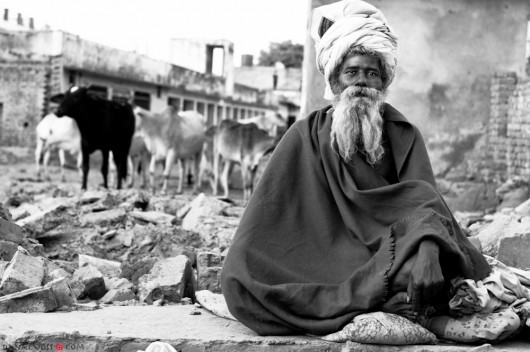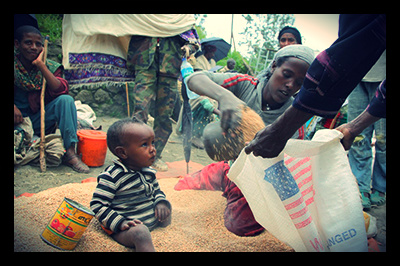 In a recent poll, 81 percent of Americans said they believe that the U.S. has “a moral responsibility to work and reduce hunger and severe poverty in poor countries.” However, Americans also think that America is already spending a significant portion of its annual budget on foreign aid; when polled, some Americans thought the U.S. spent as much as 30 percent, more than is actually spent on Social Security or Medicare, when in reality only about 1 percent of the budget is allocated to foreign aid.
In a recent poll, 81 percent of Americans said they believe that the U.S. has “a moral responsibility to work and reduce hunger and severe poverty in poor countries.” However, Americans also think that America is already spending a significant portion of its annual budget on foreign aid; when polled, some Americans thought the U.S. spent as much as 30 percent, more than is actually spent on Social Security or Medicare, when in reality only about 1 percent of the budget is allocated to foreign aid.
And while 1 percent of the American budget is a large sum in absolute dollars, even compared to other developed nation’s foreign aid spending, America does not rank in the top 15 industrialized countries when compared to the percent of its gross national income. Britain, who does make the top 15, spent about 6 percent of its gross national income in 2012, so while they are spending less money in actual dollars, they are willing to allocate a higher percentage of their budget toward assisting economically struggling countries.
As the American foreign assistance budget stands now, citizens pay pennies on the dollar toward saving and improving the lives of people living in poverty. The average median income for residents of Washington State in 2013 was $58,405. Households making the median annual income would have paid roughly $10,000 in income taxes. Of their tax money, about $100 would have been put toward foreign aid.
Foreign aid dollars are worked in a variety of ways. In 2012, the economic assistance budget of about $31 billion was split among spending on development assistance, migration and refugee assistance, international narcotics control and law enforcement, and global health and child survival. According to a tax calculator created by the nonprofit ONE.org, that family’s $100 could have been used to provide someone with 268 days of HIV treatments, 61 life-saving vaccines or 11 bed nets that save lives.
Tax season is understandably not everyone’s favorite time of year, but it is good to know not only where our dollars are being spent, but also the amount of good they can do. Even with only a small percentage of our taxes being spent on foreign aid, they are managed through effective programs that make real differences.
– Brittney Dimond
Sources: Gates Notes, One, OFM, National Priorities, OXFAMAmerica
Photo: Flickr


